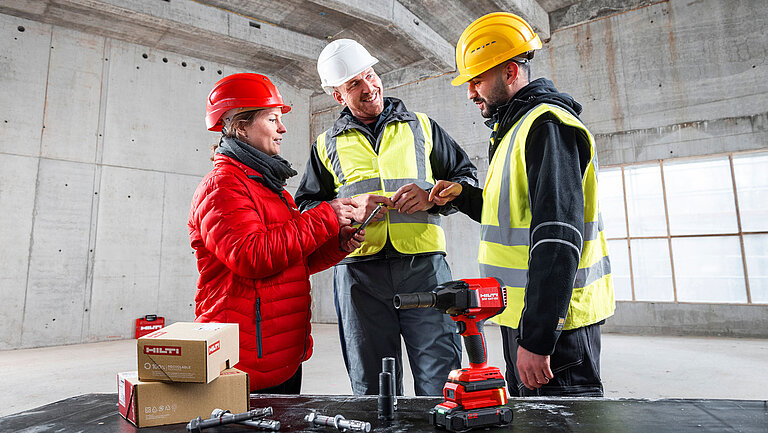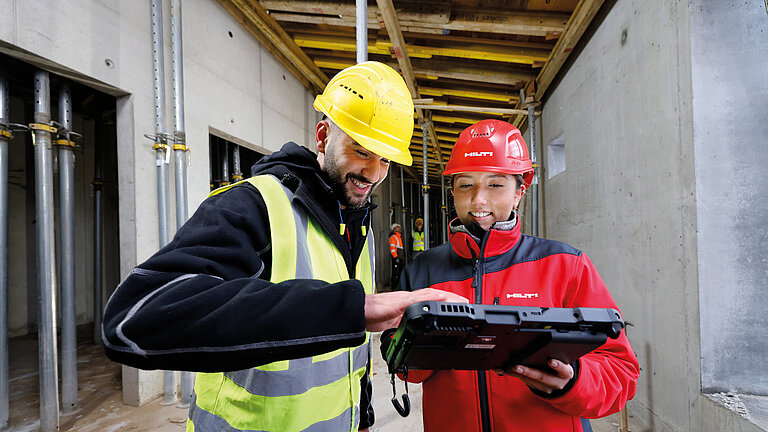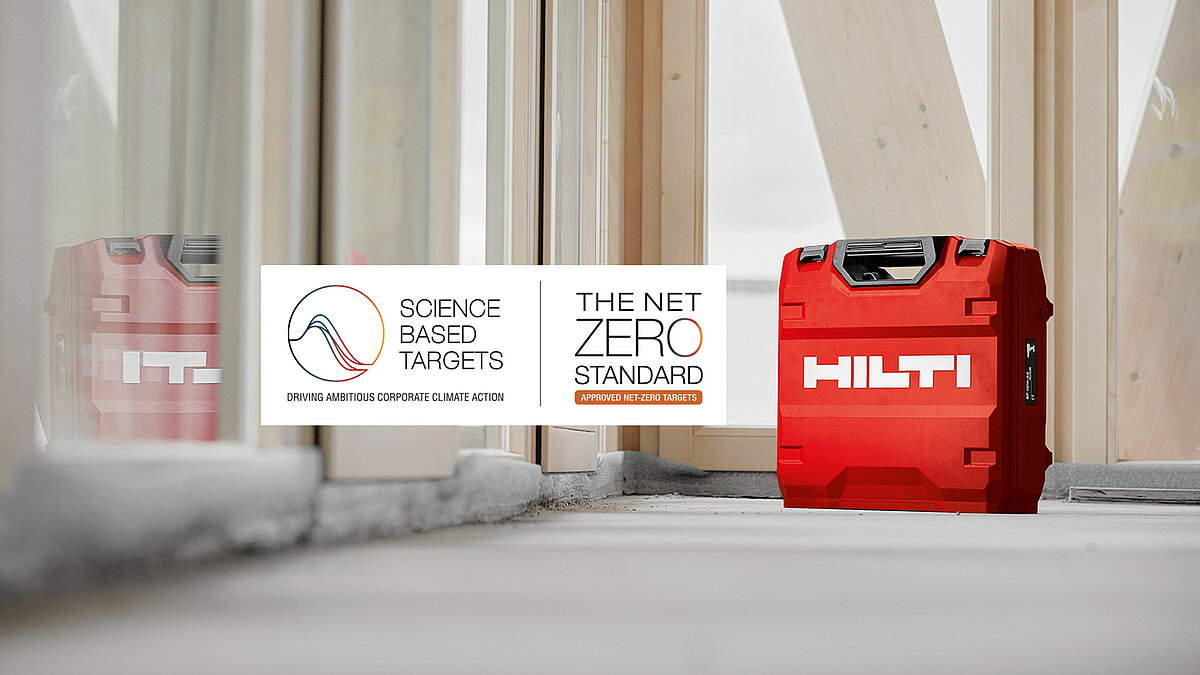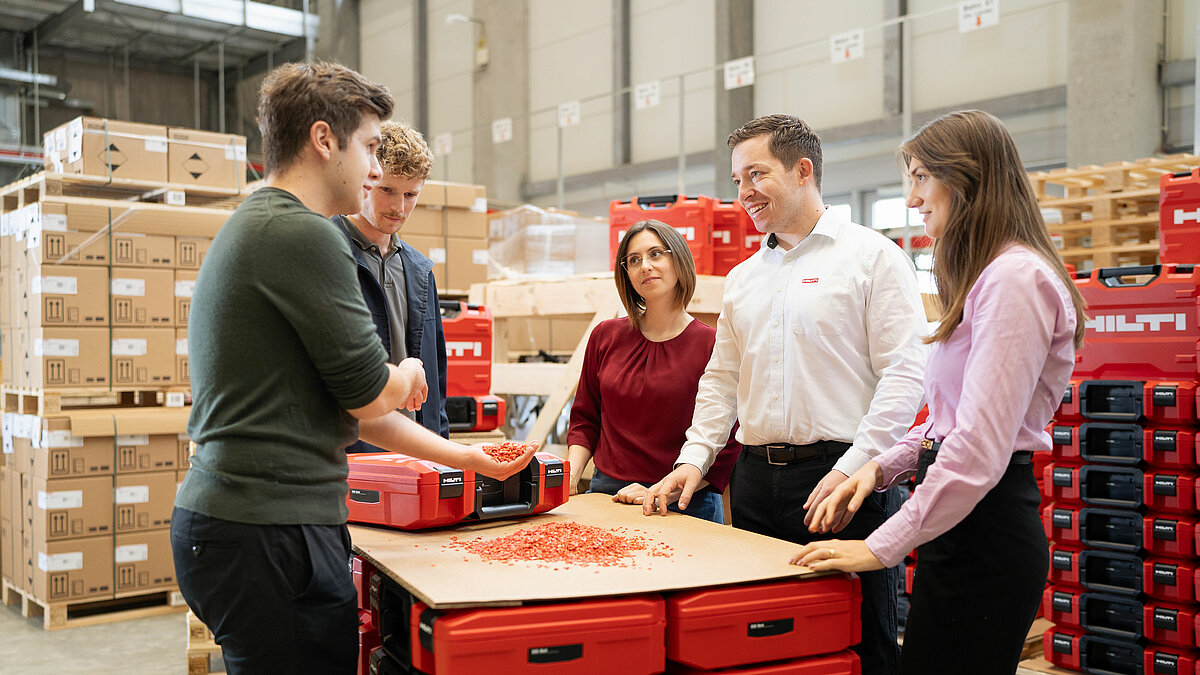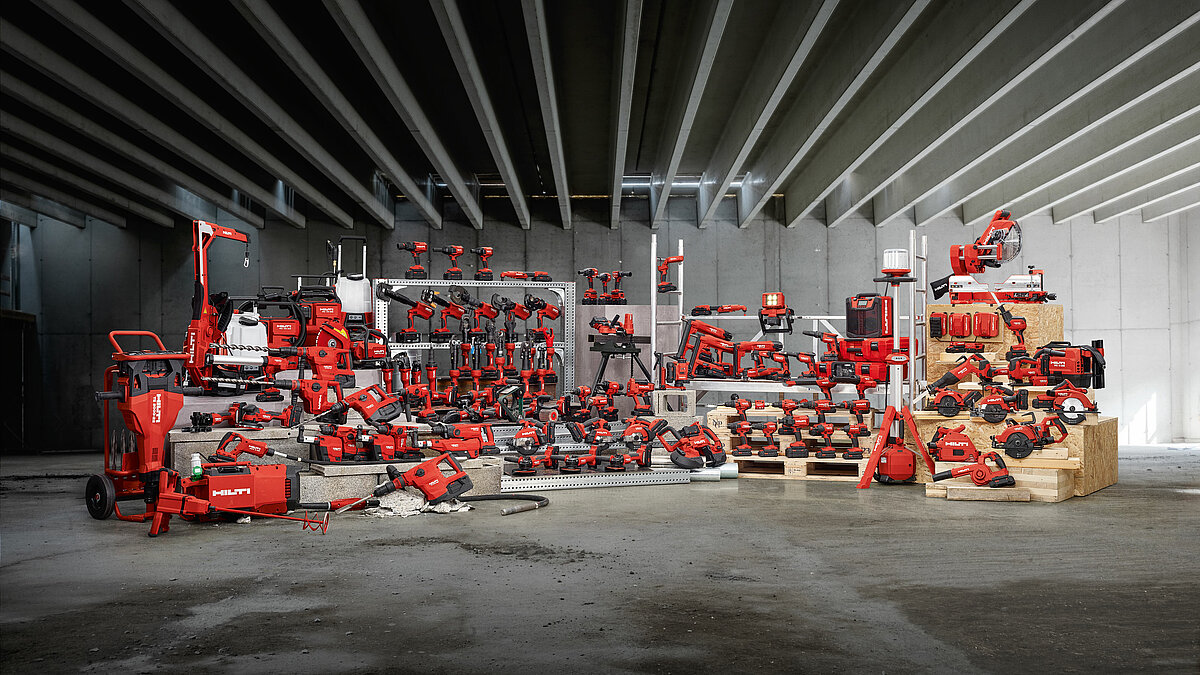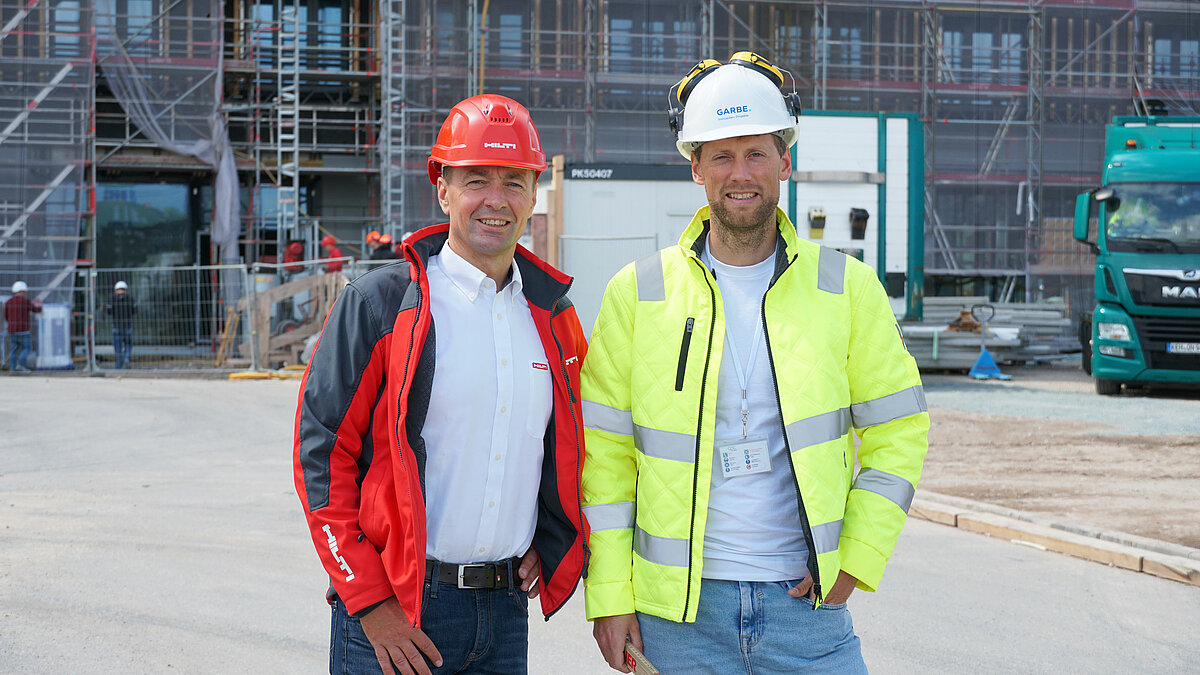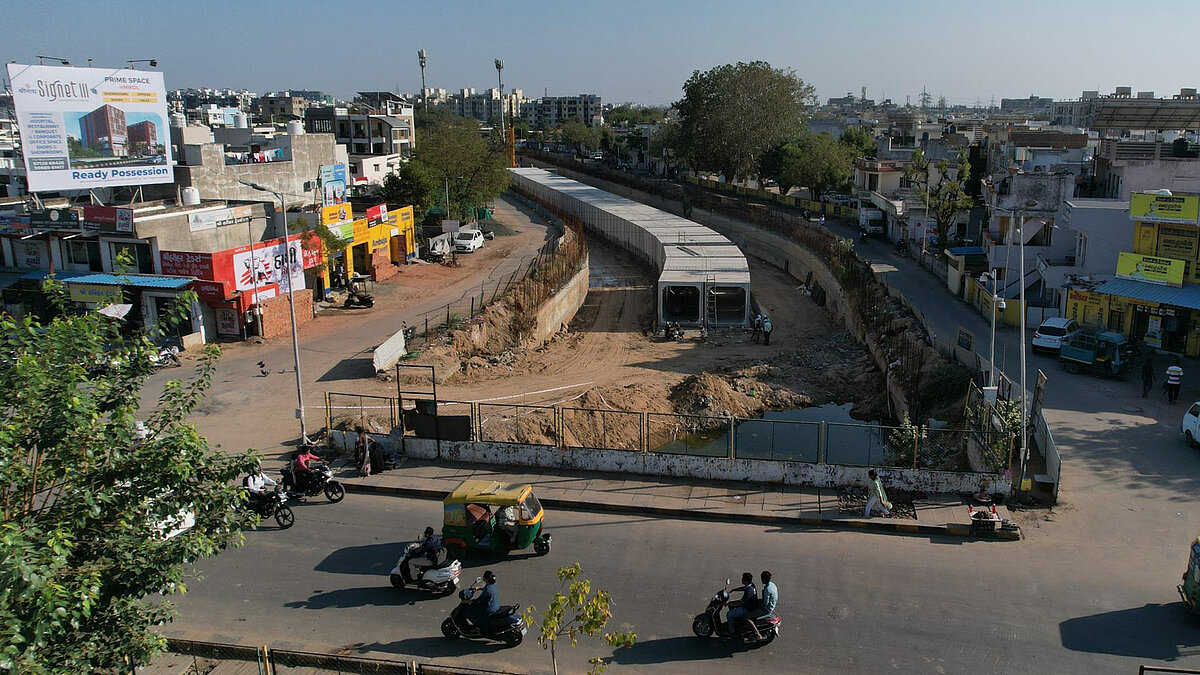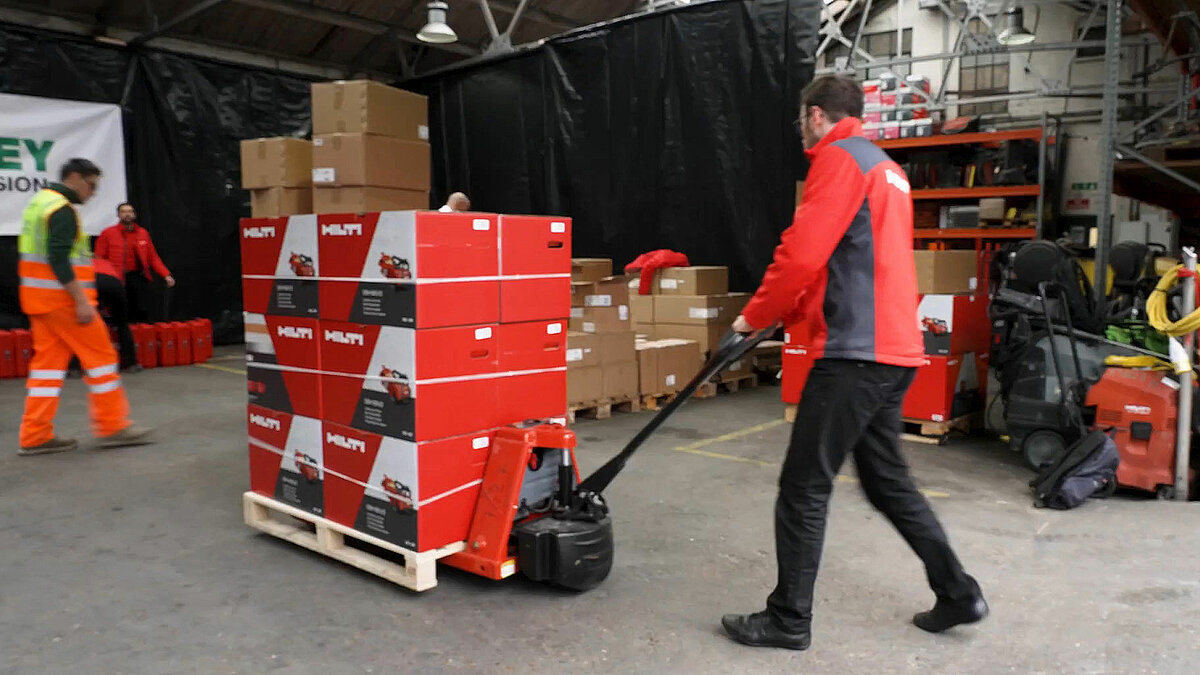DIFFERENTIATION
Transforming a 110-Year-Old Canal
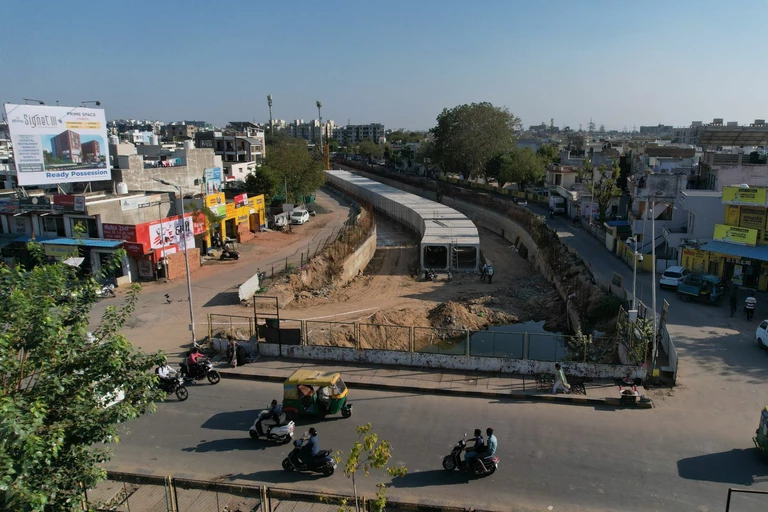
Structural engineers often work on hidden yet critical projects like strengthening old infrastructure. One such project was the transformation of the Kharicut Irrigation Canal in Ahmedabad, India. With over a century of history, this 22-kilometer canal was once essential for agriculture but had become a stagnant, polluted space due to urbanization.
The solution? An ambitious plan to cover the canal with green landscapes and roads while preserving parts of it for water storage and stormwater flow. The project not only revitalizes the area but also improves the quality of life for nearby residents. But turning this vision into reality wasn’t without challenges – especially when it came to structural engineering.
A Complex Rebar Design
The key engineering hurdle was designing the canal’s foundation slab, which needed to connect securely to diaphragm walls. This slab had to handle the weight of traffic and the forces of the water flowing beneath it. Traditional methods called for deep, large-diameter rebar installations.
Amit Patel, a senior engineer at Multimedia Consultants, was tasked with designing post-installed rebars for this project. The initial design, done in the traditional way, used 16-millimeter rebars with 450-millimeter embedment depths, spaced 100 millimeters apart for the first 12 kilometers of the canal – a time and cost intensive solution. Then Amit approached Hilti for a better solution.
Canal Cross Section

- Combined water drain box for stormwater drains
- Precast box for irrigation water
- The bottom slab was connected to the diaphragm walls using a post-installed rebar design created by Hilti value-engineered solutions
- Water pipeline
- Sewerage line
The Hilti Solution
Hilti value-engineered the design using its PROFIS Engineering Software Suite and the high-performance HIT-HY 200 chemical anchoring solution.
The new design alternated between 12- and 16-millimeter rebars, reduced the embedment depths from 450 to 350 millimeters and maintained the same spacing of 100 millimeters. This saved 50 percent of installation time and 25 percent of costs, without compromising strength, safety, or the durability of the connections.
Traditional Solution Compared to Hilti Solution
| Traditional | Hilti | % Saving | Savings with Hilti |
|---|---|---|---|
| Rebar Diameter and Arrangement | |||
| 16 mm At every 100 mm | 16 mm and 12 mm Alternating arrangement at every 100 mm | ||
| Total Application Cost | |||
| 402 MINR1 (Material + Manpower cost) | 298 MINR | -26% MINR | Less Cost:
~104 MINR saved |
| Material Saving | |||
| 284 MINR | 218 MINR | -24% MINR | Less Material: ~67 MINR saved |
| Manpower Saving | |||
| 117 MINR | 80 MINR | -32% MINR | Less Manpower:
~37 MINR saved |
| Time Saving | |||
| 45k Hours | 32k Hours | -30% Hours | Less Time:
13k hours saved |
1 Million Indian rupees |
Hilti’s solution saved us countless hours and helped us stay within the code requirements while reducing material use. It truly represents value engineering.
Amit Patel, Senior Engineer at Multimedia Consultants
Results That Matter
By moving away from traditional methods, Amit and his team achieved faster and more cost-effective results while ensuring structural safety.
The success of the first phase encouraged the team to move forward with the second phase, which involves transforming another 10 kilometers of the canal.


Engineering for a Better Future
The Kharicut canal project showcases how innovative engineering can solve modern challenges while preserving history. This project is more than a structural upgrade – it’s the transformation of an old infrastructure into sustainable, vibrant spaces for communities to thrive.
